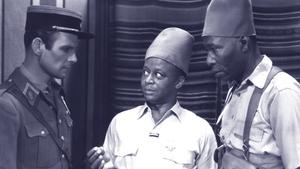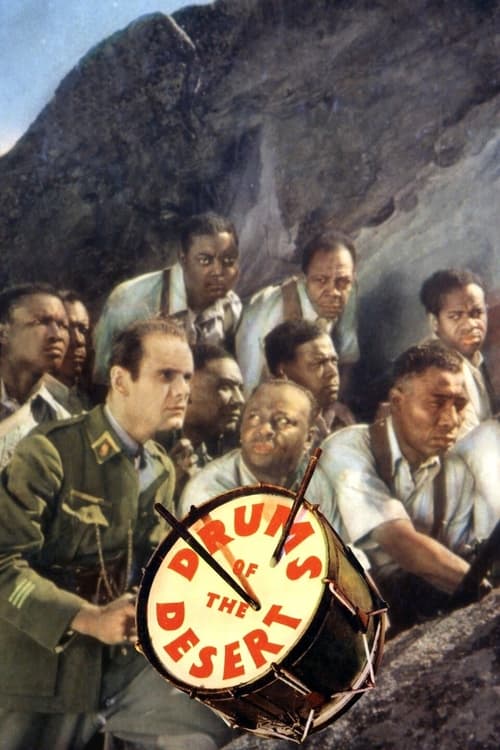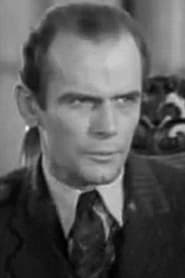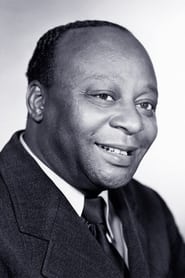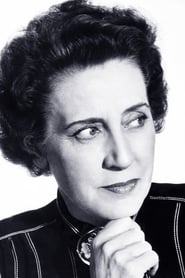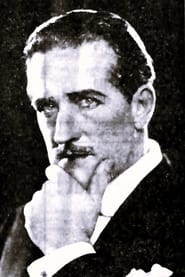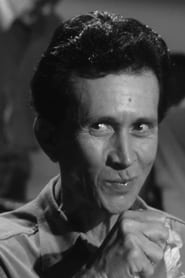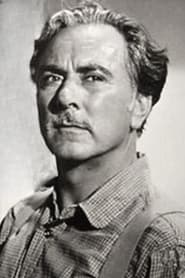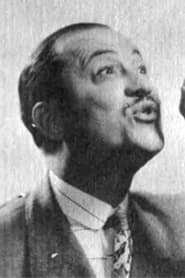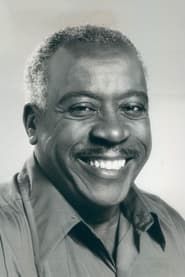Cast
View AllRalph Byrd
as Paul Dumont
Lorna Gray
as Helene Laroche
George Lynn
as Captain Jean Bridaux (as George Peter Lynn)
Willy Castello
as Addullah (as William Castello)
Mantan Moreland
as Sergeant 'Blue' Williams
Jean Del Val
as Colonel Fouchet (as Jean Del-Val)
Ann Codee
as Mme. Fouchet
Boyd Irwin
as Captain Andre
Neyle Morrow
as Ben Ali
Alberto Morin
as Hassan
Jack Chefe
as Steward
Bud Harrison
as Bobo
DeForest Covan
as Tribesman
Donald Kerr
as Hospital Attendant
John Stark
as Bartosh
Crew
Director
- George Waggner
Reviews
CinemaSerf
Ralph Byrd is really pretty poor here as "Lt. Paul Dupont", an officer in the French Foreign Legion sent to Morocco to train an elite squadron of paratroopers. On his way across on the boat from France, he meets "Helene Laroche" (Lorna Gray) and they have a brief romance before they realise that she is engaged to his best friend George Lynn ("Capt. Bridaux") who is also stationed at the same fort. When some local tribesmen attack the camp, and "Bridaux" is injured, their wedding is postponed and the ringleader of the attackers - the brother of the local Sheikh - is executed. Needless to say, that causes some resentment and the Sheikh vows to avenge the death of his brother. The star of the film is undoubtedly Mantan Moreland as "Sgt. Williams" - he injects bags of charisma and some humour as his officers become just a bit too preoccupied with their love triangle. The ending is never in doubt, indeed the film seems to wrap up with an almost undue haste, but it's at the better end of these sandy action films that is just about worth the hour it takes to watch.
Jun 23, 2022
Thematic Analysis
Drums of the Desert represents a fascinating example of Adventure cinema, offering viewers a unique perspective on the human experience and societal structures. The film's approach to its themes demonstrates a creative vision that distinguishes it within its genre.
Director George Waggner brings their distinctive visual style to this film, continuing their exploration of themes seen in their previous works while adding new elements. Their approach to pacing and visual storytelling creates a viewing experience that rewards close attention.
Released in 1940, the film exists within a cultural context that now offers viewers historical perspective on the social issues of that era. Its reception demonstrates the diverse reactions to its artistic choices and its place in cinema history.
Did You Know?
- The production of Drums of the Desert took approximately 34 months from pre-production to final cut.
- The final cut of the film runs for 64 minutes, though the director's initial assembly was reportedly 105 minutes long.
- Several scenes were filmed in multiple locations to capture the perfect setting.
- The costume department created over 426 unique costume pieces for the production.
- Some visual effects sequences took up to 4 months to complete.
Historical Context
- In 1940, when this film was released:
- Television was becoming a dominant form of home entertainment.
- Rock and roll music was revolutionizing popular culture.
- The film industry was dominated by major studios, with independent cinema still in its early development.
How This Film Stands Out
While Drums of the Desert shares thematic elements with other films in its genre, it distinguishes itself through its unique approach to storytelling, visual style, and character development.
Unlike The Adventures of Tintin, which focuses more on action than character development, Drums of the Desert offers a fresh perspective through its innovative visual language and narrative structure.
While films like The Wind and the Lion and Highlander III: The Sorcerer explore similar territory, Drums of the Desert stands apart through its deeper exploration of its central themes and more complex characterization.
This film's unique contribution to cinema lies in its thoughtful balance of entertainment value and thematic depth, making it a valuable addition to its genre.
Details
- Release Date: October 6, 1940
- Runtime: 1h 4m
